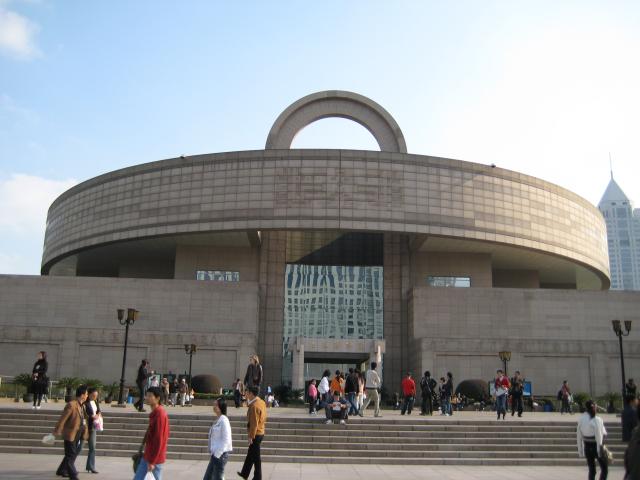
Shanghai was once known as the “Paris of the East “ due to it being the first cosmopolitan city in China. The city is now home to a Museum recognized as one of the best in China. It has over 120,000 items on display and I’m impressed with its collection of ceramic figurines so I’d like to feature some of them here.
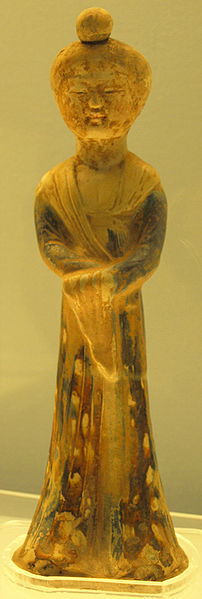
The Qin (221-206B.C.) and Han (206B.C.-220A.D.) dynasties are noted for the high quality and large numbers of pottery figurines they produced. In 1974 the famous terracotta warriors and horses of Qin Shi Huang (the First Emperor of the Qin) were discovered just east of his mausoleum. The excavation is still going on, and Vault No.1 alone is expected to yield 6,000 of them. The life sized figures of men and horses are in neat battle formation, with the men holding real bronze weapons of the time and reflecting the formidable might of the legions of the First Emperor.
It was a common practice to place figurines in tombs, especially with the Emperors. This actually replaced the practice of burying living people ( servants , court attendants ect. }with the Emeoror. Vast numbers of figurines, dating from the Warring States Period(475-221 B.C.) down to the Ming(1368-1644), have been discovered..
They are of various designs but most are made of pottery and porcelain, next came wood and lacquer, and occasionally jade. They represented people of different status and walk—court officials, generals, cavaliers, attendants, musicians, dancers and acrobats. As a rule, they were nicely modeled in different postures, constituting a valuable part of China’s ancient art.
With the flourishing of ceramics during the Tang, Song and Ming dynasties (10th-17th century), the tomb figurines of this long period, among which the “tricoloured glazed pottery of the Tang” are world-famous. Out of the ancient tombs of Xi’an and Luoyang has unearthed many colour-glazed females, horses and camels. Noteworthy especially are the pottery camel drivers with their deep-set eyes, protruding noses and hairy faces, evidently Central Asians who plied the Silk Road with their caravans. The “tricoloured Tangs” represent in effect a special handcrafted art catering solely to the funerary needs of the aristocracy at the heyday of China’s feudalism.
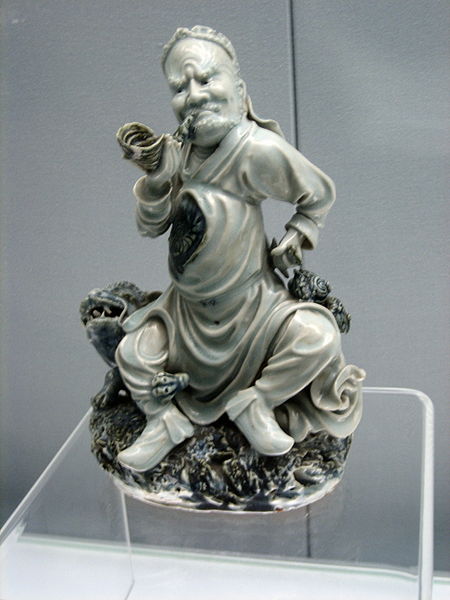
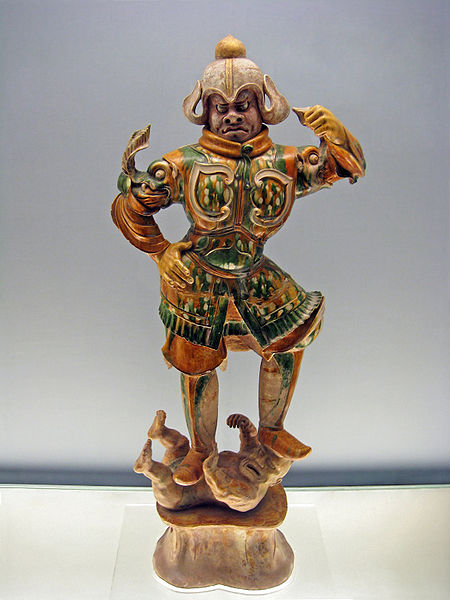
Statue of Heavenly Guardian
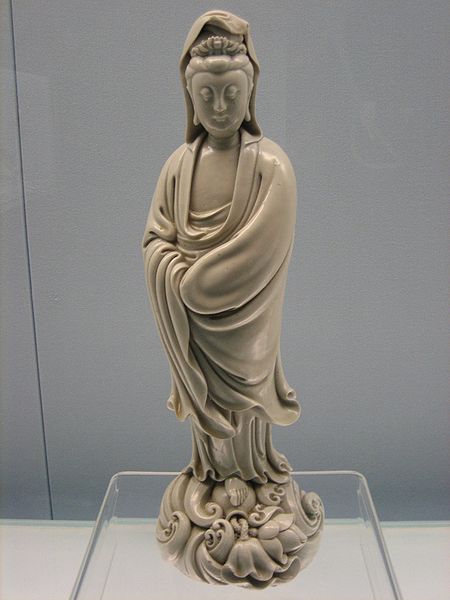
Kuan Yin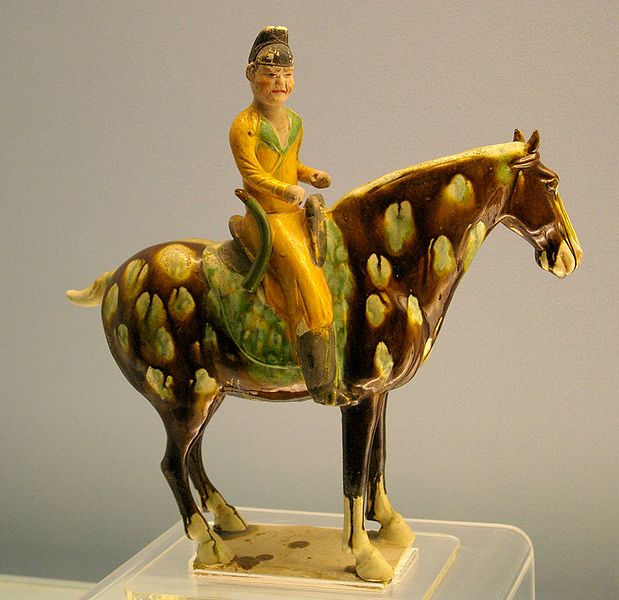
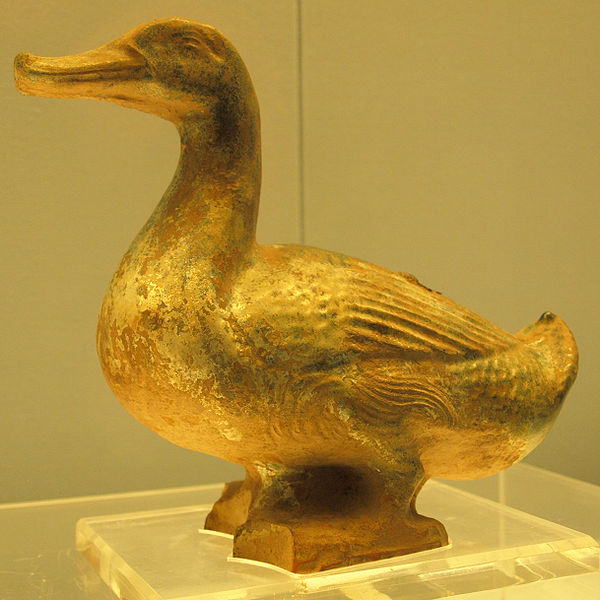
Eastern Han-Green Glazed Pottery Duck
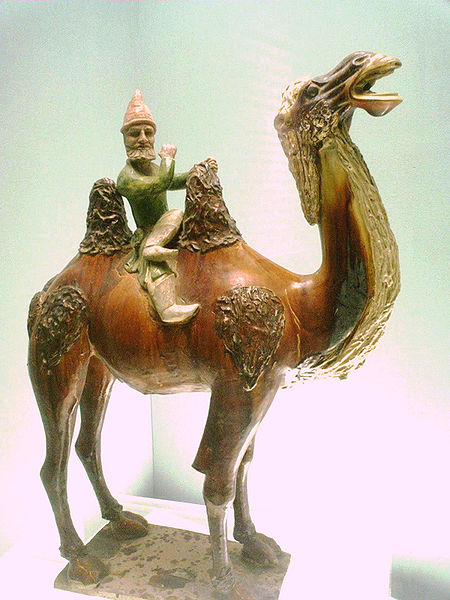
Silk Rd Trader on a camel
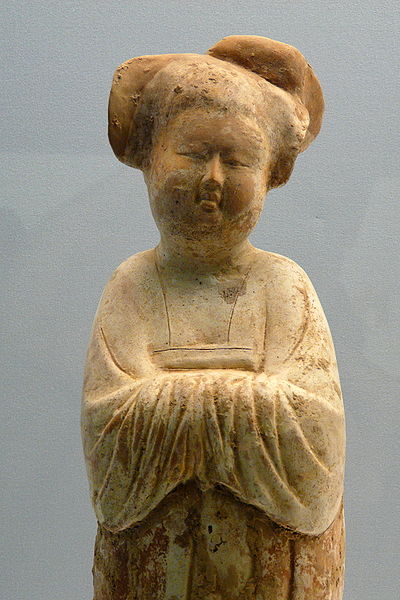
Tang Woman
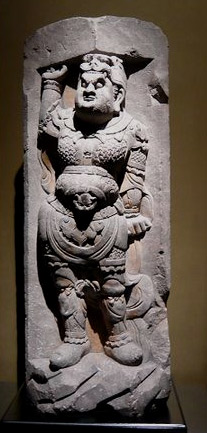
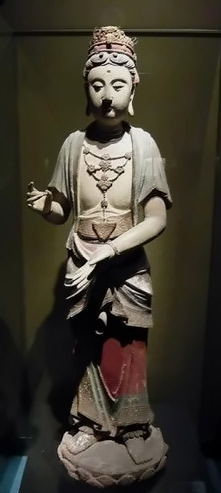
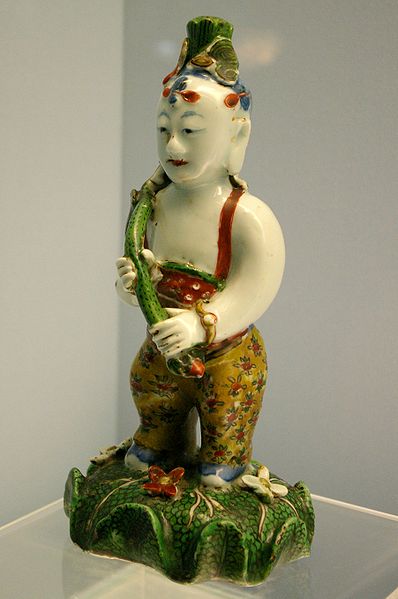
Man with cucumber

Tang Dynasty
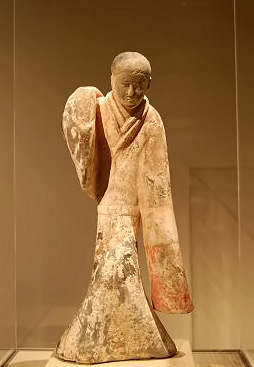
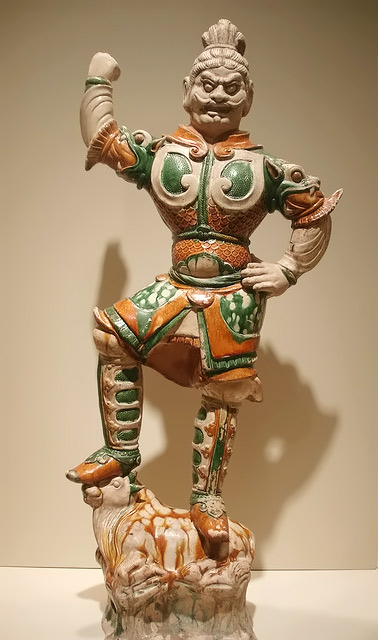
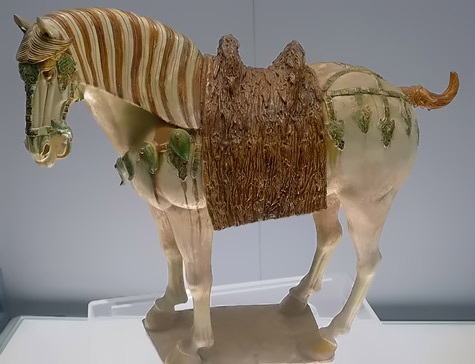
Tang Dynasty Horse
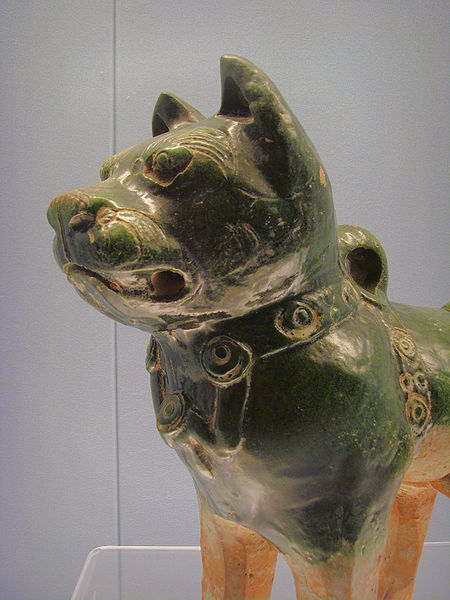
Green Glazed Pottery Dog
 The Qin (221-206B.C.) and Han (206B.C.-220A.D.) dynasties are noted for the high quality and large numbers of pottery figurines they produced. In 1974 the famous terracotta warriors and horses of Qin Shi Huang (the First Emperor of the Qin) were discovered just east of his mausoleum. The excavation is still going on, and Vault No.1 alone is expected to yield 6,000 of them. The life sized figures of men and horses are in neat battle formation, with the men holding real bronze weapons of the time and reflecting the formidable might of the legions of the First Emperor.
The Qin (221-206B.C.) and Han (206B.C.-220A.D.) dynasties are noted for the high quality and large numbers of pottery figurines they produced. In 1974 the famous terracotta warriors and horses of Qin Shi Huang (the First Emperor of the Qin) were discovered just east of his mausoleum. The excavation is still going on, and Vault No.1 alone is expected to yield 6,000 of them. The life sized figures of men and horses are in neat battle formation, with the men holding real bronze weapons of the time and reflecting the formidable might of the legions of the First Emperor.

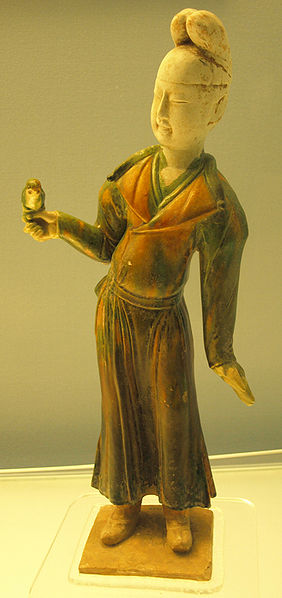
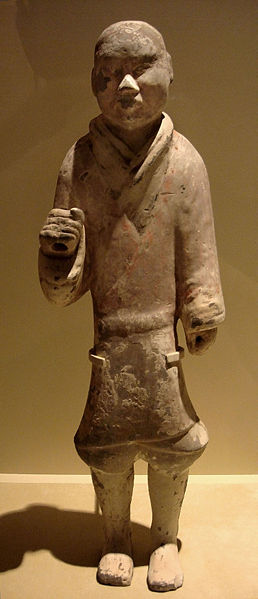















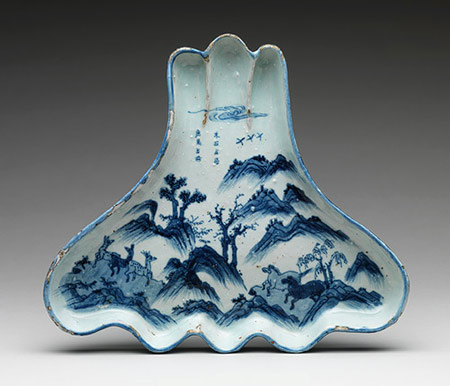
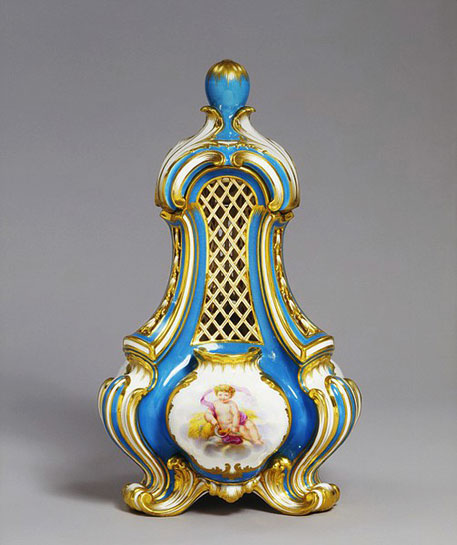
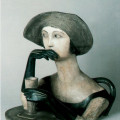
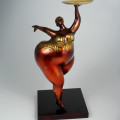

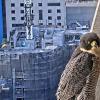
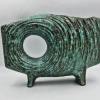
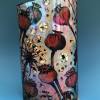
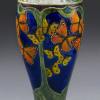





































































1 Comment
back around 1999 i had the pleasure of visiting the shanghai museum. whe there i purchases a ceramic of female warrior on a white horse. the horse has green drippings on its body. there was also a male counterpart to this set which i did not purchase. can you provide me with any information where i can now purchase the male?
I’ve been searching the net with negative results.